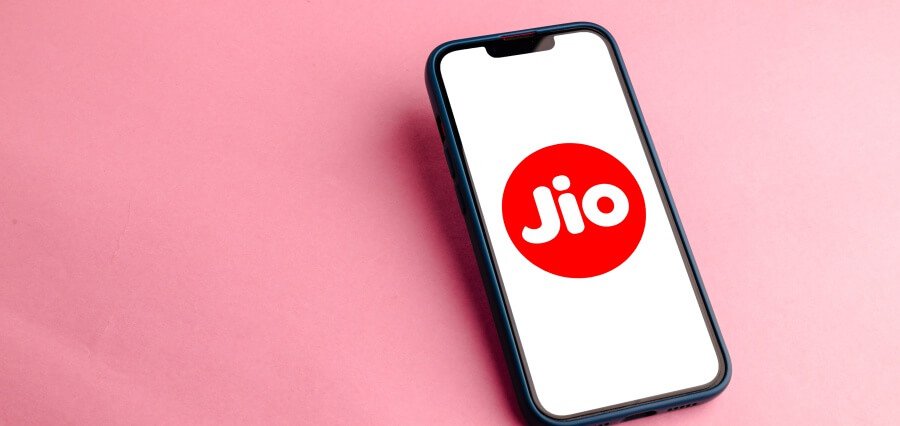The Indian rupee breached a new record low versus the US dollar on Wednesday, closing at 84.74 per dollar. That was driven by a rising dollar index and strong demand from importers. This is the lowest level of rupee since the beginning of the week. The previous low of the rupee was recorded at 84.70 per dollar on Monday. Dealers said that while the RBI intervened to cushion the currency, the pressure on the rupee remains unabated due to both international and local forces.
Weak rupee also stems from concerns over domestic economic data and a strong US dollar. In fact, market participants expect the currency still may continue experiencing downward pressure, breaking a significant psychological barrier at the year’s end with the figure below 85 per dollar. According to DBS Bank analysts, though the RBI has intervened in the foreign exchange market, the rupee remains vulnerable as global interest rates increase and interventions by the central bank add up its short positions in forwards and futures.
Parallel, the yield on India’s bond market softened. On Wednesday, it eased 10 basis points on the benchmark 10-year government bond, yielding to 6.68 percent from 6.72 percent on Tuesday. These declines reflect the fact that weakening economic growth, as seen in recent days, would be likely met with the RBI with an easing response, particularly concerning inflation. The market is very interested in the upcoming monetary policy review, with analysts anticipating that the RBI may come out more dovish considering signs of slowing economic activity. The country’s GDP growth slowed to 5.4 percent in Q2 of FY24 and inflation rose to 6.21 percent in October, complicating the RBI’s policy decisions.
PNB Gilts Senior Executive Vice-President Vijay Sharma said that the bond yields have softened because of anticipation of a potential rate cut, possible as early as February. The movement in the rupee and in the bond market is reflecting the larger market sentiment that investors are trying to assess whether the policy easing would be taking place in the months ahead. With the three-day meeting of the RBI monetary policy at its helm, the central bank might further reveal the direction its interest rate would take in subsequent meetings, besides shedding light upon the prospects of the rupee against the Indian dollar.





